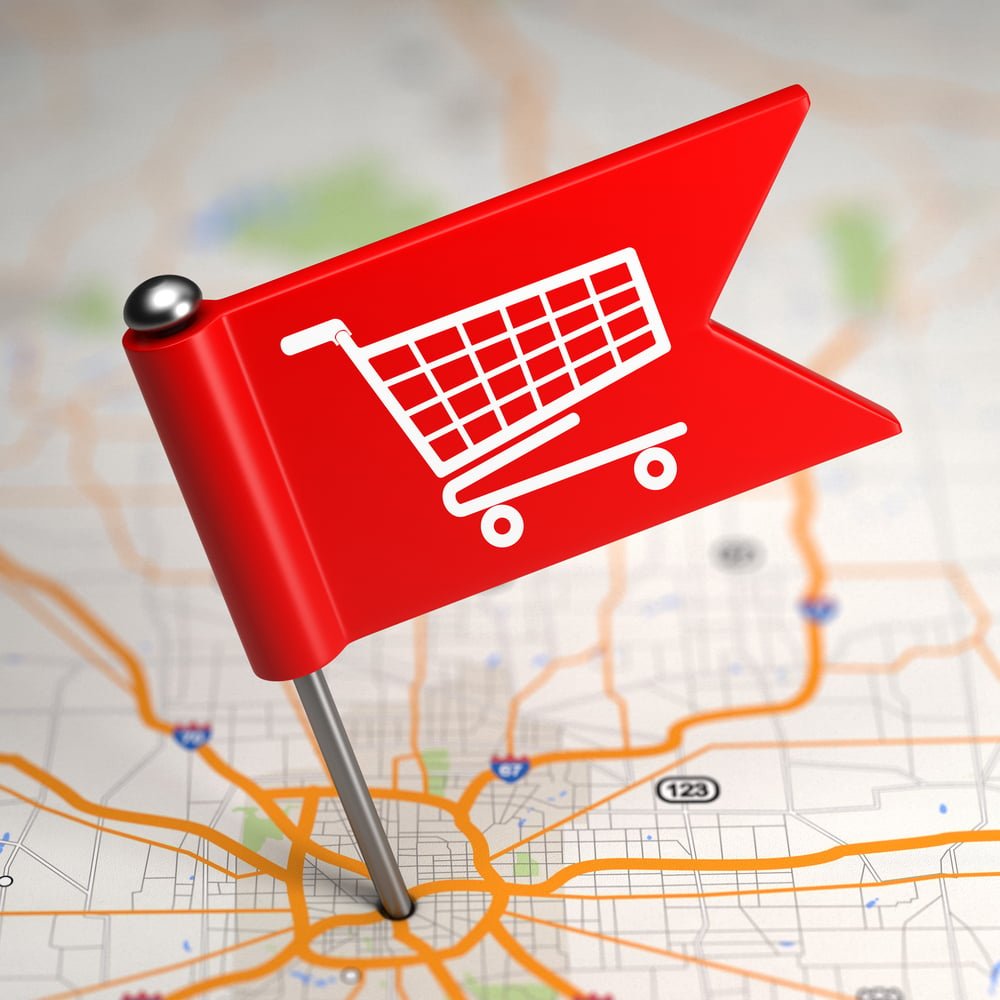What is Dark Social? And how your eCommerce brand can benefit from it
What is Dark Social?
The term “dark social” was coined by Alexis Madrigal in an article that appeared in The Atlantic in 2012. It is now more important to be aware of than ever. Dark social, according to Madrigal, is when people share web content through private channels such as instant messaging programs, messaging apps, and email.
This private sharing is more challenging than other interactions to track, especially now with the explosion of apps and mobile traffic. Today, a visitor can arrive at a website through various dark social avenues without any referring data (also known as “referral tags”) being tracked by analytics programs, even though the visitor reached the website by clicking on something from inside a different app or program. Such dark social avenues include:
Native Mobile Apps (Facebook, Twitter, etc.)
Messaging Apps (Text Messages/SMS, WeChat, Facebook Messenger, WhatsApp, etc.)
Email
Although analytics tools will mark this private dark social shared traffic as “direct traffic,” it’s not. Direct traffic does not involve a referrer URL because the user visits a website directly without going through another app, program, or webpage first. Everything on the web was link-based before 2003 (when Facebook and smartphone use started gaining traction), so users discovered webpages via search engines by clicking on a link, or they went to the site directly by typing the URL into the browser or by clicking on a bookmarked URL.
So, when site visitors arrived at a website without a referrer URL, they had to be direct visitors. However, that was when the web wasn’t as large or crowded, and before everyone started using mobile devices and apps.
Why is Dark Social Important for Deriving Benefits for Your E-Commerce Business?
According to research conducted by Radium One, dark social shares increased from 69% of on-site shares in 2014 to 84% of total on-site shares in 2016. This means that most of the shares and engagement your e-commerce business content receives is through dark social avenues. In other words, dark social dominates all online sharing activities and is how your existing customers and prospects are recruiting your future customers, as well as retaining existing customers.
Direct traffic isn't always so... direct
And since analytics platforms don’t currently account for dark social shares accurately (they’re marking them as “direct traffic” when they’re not), this means that you may not be completely accounting for the traffic your online content is receiving. For example, let’s say you publish a promotional landing page on your e-commerce website that has its own URL. You then share or post that page’s URL on Facebook, Twitter, and in an email.
Social media marketing plays a huge role in who sees your content and how they see it. People then share that link however they wish with their friends and colleagues through whatever social medium is most convenient to them at any given moment. They may send a link they found on Facebook in an email to a friend. Or they may take the link you shared in an email and share it through a messaging app or text message. And when the person who received the link clicks on it, your analytics tool will read his or her visit to the URL as direct traffic because the user is clicking on the URL to the landing page. However, the link itself was shared through two or three avenues (sometimes more) before it was accessed by the user who received the URL.
Knowing where your traffic is coming from helps with targeting new business
So why is this important? It’s critical to know where a majority of your traffic originates, how people want to engage with your content, and how you can make it as easy as possible for them to share it with others via their preferred social sharing avenues. Uncovering the dark social activity surrounding your content will allow you to gain real insight into what is being shared the most across various platforms, apps, etc.
Keep in mind that most content sharing doesn’t need to be public—and isn’t. For instance, a teen who wants a new handbag for her upcoming birthday may send a link to her mom in a private message and won’t broadcast it on social media. And an employee may send a link for office supplies to a coworker in a project management chatting platform (such as Slack), instead of sharing it on social media or through some other public sharing mechanism.
How to Better Track, Measure, and Derive Benefits from Dark Social
While you may never be able to account for all your website traffic, you can do a few things to account for most of it. Here’s how you can begin to track and derive benefits from dark social.
Include sharing buttons on your website pages
When you add social sharing buttons to pages on your website, you can tag them with referral tags, which allow you to track their use and the activity that is generated from them. You should at least include social sharing buttons on your site pages with featured items and sales items, if not on every product page.
Add a UTM code to the end of your URLs
When you add additional UTM codes to your URLs, you’re adding referring data that you can account for later. Unfortunately, these codes can still get lost in various apps, but it does maximize the amount of traffic that can be tracked overall. At the end of the day, don’t completely ignore dark social, or you’ll be ignoring most of your online prospects and customers, as well as how they’re engaging with your content. Social media marketing is ever-changing and staying ahead will help your brand flourish.



